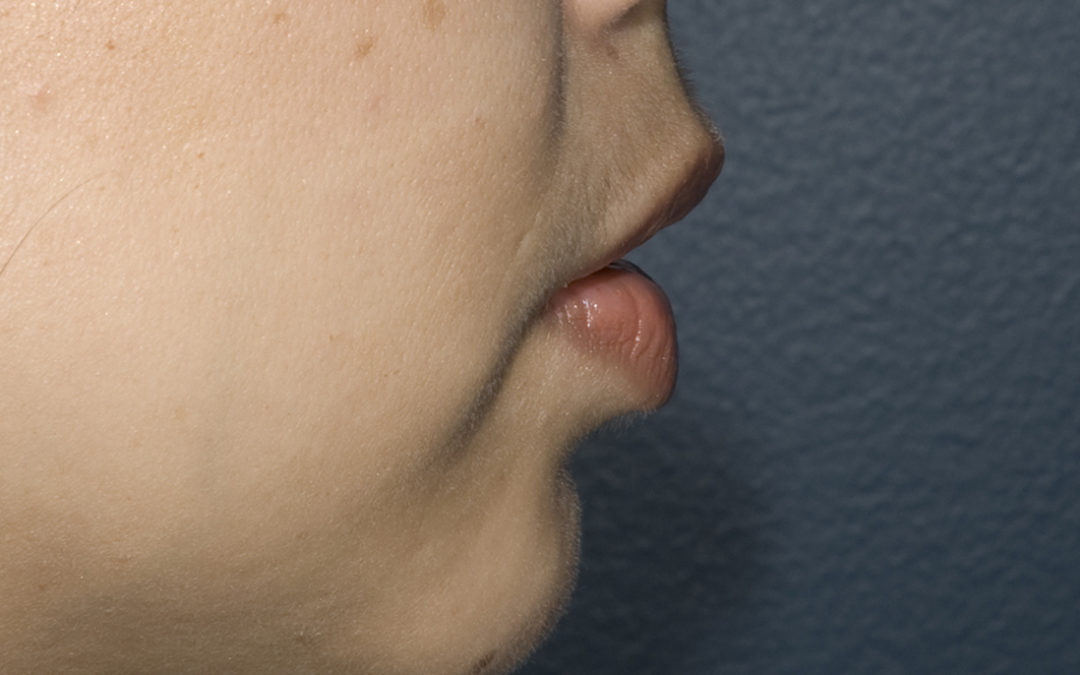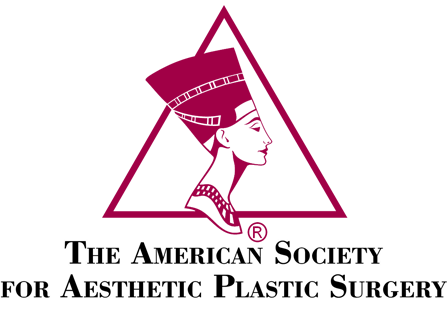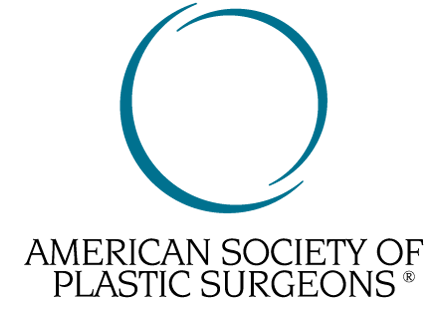Chin augmentation is one of the most in-demand types of cosmetic surgery today. So why is chin surgery such a hot topic? Many people associate a strong chin and taut jawline with youth, attractiveness and success—whether among celebrities, politicians or top-level business leaders. Angelina Jolie and Kim Kardashian are just two examples of celebrities rumored to have undergone chin augmentation.
In an aesthetically pleasing profile, the chin, lips and forehead are all approximately aligned. If you’re unhappy with your profile, one aspect you may be especially displeased with is the shape, size or projection of your chin.
Many chin implant patients are concerned that their undersized chin makes their nose look disproportionately large. For that reason, cosmetic surgeons often perform chin implant surgery in conjunction with rhinoplasty. Combining these two procedures allows a more proportional face by lessening any size disparity between the chin and nose. A complete lower face enhancement can include several procedures to make significant improvements in the contours of the lower face.
Who Is a Good Candidate for a Chin Augmentation?
If you’re considering having a chin implant procedure to refine your profile and bring your facial features into harmony, there are several factors you and your plastic surgeon must discuss. Some of the qualities board-certified cosmetic surgeon Dr. Michael Kulick considers when deciding on the right type of implant for his chin implant patients include:
- Symmetry of facial features — Will a chin implant help improve the symmetry of the patient’s face? Can it correct any irregularities?
- Shape and size of chin — For most patients, the current shape and size of the chin will dictate the implant type and size.
- Face shape — The overall contours and bone structure of your face play a huge role in balancing out the correct size for chin implants.
- Under-chin fat or skin quality — When you gain weight, your body often stores it in the fat cells beneath the chin and around the jaw and neck. Sometimes, this neck fat or sagging skin can affect chin implant procedure results.
- Body shape — The shape of the chin implant must complement not only your facial features, but your whole body. Your doctor will select the best size of chin implant for you, based on your height, weight, body shape and lifestyle.
It’s important to note that, while chin implants are by far the most common method of chin augmentation, they are not ideal for every person. To address some patients’ chin concerns, it may be better to move the chin bone to a better position. When the chin is vertically short and needs to be lengthened, or when it is too long and needs to be shortened, your surgeon may recommend cutting and repositioning your chin bone. Moving the bone is a more complex procedure than inserting an implant, but its major advantage is that it uses your own body’s bone vs. placing an implant.
Frequently Asked Questions About Chin Augmentation
Q: What are chin implants made of?
A: The implant is usually made of a solid, flexible silicone. The material is biocompatible, which means your body is unlikely to reject it.
Q: Will I have incision marks?
A: Dr. Kulick can hide the incision for the chin implant inside your mouth, near the base of your bottom front teeth. The chin implant sits on top of the bone, thereby increasing the chin projection. This can improve the depression in the jawline below the corners of your mouth, and reduce the look of the jowl lines associated with an aging face.
Q: What type of sedation does chin implant surgery require?
A: Chin implant procedures can be performed under intravenous sedation. You do not need general anesthesia.
Q: What is the recovery time after chin implant surgery?
A: Compared with many other cosmetic procedures, chin augmentation is a relatively simple and less invasive procedure. Recovery from a chin implant varies according to the individual. In general, most of the swelling is gone in approximately two to three months, and final results become visible over the next three to six months. If you decide to combine your chin implant with any other cosmetic procedures, such as a facelift or rhinoplasty, the additional surgeries will extend your recovery period accordingly.
Q: How do I know what type of chin enhancement is best for me?
A: A consultation with an experienced cosmetic surgeon is the first step in determining the best options for your face. Bring photos of chins and jawlines you like and dislike to your consultation appointment. Dr. Kulick will review the pictures with you and discuss the type of implant you’ll be receiving and the different choices that are best for your unique facial anatomy.
If you’re ready to take the next step toward improved facial symmetry and an improved jawline, contact our San Francisco office today to schedule an appointment for a consultation.









